Smithsonian
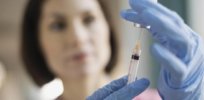
This year’s flu season may be just as bad as last year’s—and we still don’t have a universal vaccine
With the deadly 2017-2018 flu season still fresh in public health officials’ minds, this year’s outbreak is shaping up to be ...
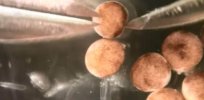
‘Living, self-healing xenobots’ made from frog stem cells could lead to new drug delivery system
They’re perfect strangers: biological entities that, up until this point, had no business being together. And yet, [microbiologist Michael] Levin ...

‘Chilling’ solution to Fermi paradox: Are intelligent life forms destined to destroy themselves?
If we compress the history of the universe into a single year, Earth and our solar system formed around Labor ...
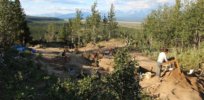
Genetic analysis reshapes our understanding of when humans first arrived in North America
For more than half a century, the prevailing story of how the first humans came to the Americas went like ...
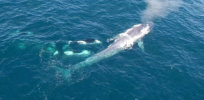
How whales got so big eating tiny krill. And why they don’t get bigger
Pound for pound, the blue whale’s reign is indisputable. At around 100 feet long and 100 tons in size, these ...
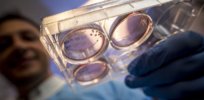
Pea-sized mini brains just developed brain waves for the first time
Mini-brains are just the size of a pea but capable of reproducing key brain functions. They are currently a hot research topic because scientists think they ...
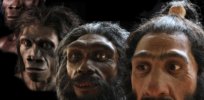
Our ancestors may have evolved the ability to talk 27 million years earlier than we thought
Some scientists have theorized that it only became physically possible to speak a wide range of essential vowel sounds when ...

Gene therapy may offer cure for debilitating ‘bubble boy disease’
Omarion was born with a rare genetic disorder called X-linked severe combined immunodeficiency (SCID), better known as the “bubble boy ...
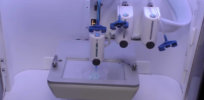
Bioengineering’s ‘holy grail’: Scientists closer to creating printable skin to cover burns, other injuries
Creating a durable, natural-looking skin substitute to cover burn injuries or other wounds has been a bioengineer’s holy grail for decades ...

Why the public’s limited understanding of science makes horror movies so terrifying
In a memorable scene from the 1931 horror classic Frankenstein, Dr. Frankenstein stands over his sentient monster, a beast he created from ...
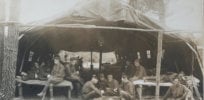
World War I gave us our first personality test—to assess soldiers for risk of shell shock
Shell shock ultimately sent 15 percent of British soldiers home. Their symptoms included uncontrollable weeping, amnesia, tics, paralysis, nightmares, insomnia, heart ...

Can we treat Alzheimer’s by ‘seeding our guts’ with beneficial bateria?
In a study published in the Journal of Experimental Medicine earlier this year, microbiologist Hemraj Dodiya of the University of Chicago and ...
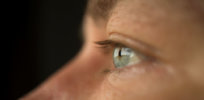
‘Permanent fix’ for melanoma, blindness, sickle cell? CRISPR gene editing tackles diseases
In the past 12 months, four clinical trials launched in the United States to use CRISPR to treat and potentially cure patients ...
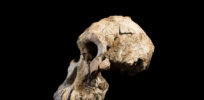
3.8-million-year-old Australopithecus anamensis skull found in Ethiopia may redefine branches of human evolution
Spotting the intact Australopithecus skull in the Ethiopian dirt caused paleoanthropologist Yohannes Haile-Selassie to literally jump for joy. … The ...

Why the USDA employed taste testers to change how Americans eat
Lucy Alexander boasted one of the strangest jobs on the federal payroll. Her official title was the innocuous “chief poultry ...

Much more than an ‘itchy pest’: Mosquitoes have played a major role in human history
Fifty-two billion people—almost half of the cumulative human population—are thought to have perished at the hands of a creature no ...
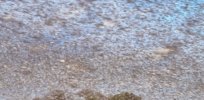
Activist group Friends of the Earth study reports farms 48 times more toxic than 25 years ago, blames neonicotinoids
[T]he United States’ agricultural landscape is 48 times more toxic to insects than it was 25 years ago. Per a ...
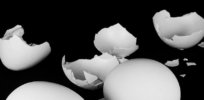
How fragile egg shells could help us repair, grow new bones
We think of eggshells as fragile. Yet these thin, easily breakable shells may be the key to making better, stronger ...

Biblical Philistines came from southern Europe, suggests analysis of ancient DNA
“[P]hilistine” is still sometimes lobbed as an insult for an uncultured or crass person. But who were the Philistines, exactly? ...

Studies of ancient DNA offer new insights into human migration between Siberia and North America
There is plenty of evidence to suggest that humans migrated to the North American continent via Beringia, a land mass ...
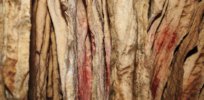
Redefining the Neanderthal: Were they more sophisticated than we thought?
A new body of research has emerged that’s transformed our image of Neanderthals. Through advances in archaeology, dating, genetics, biological ...

An Italian family’s curious insensitivity to pain
Shortly after her sixth birthday, while climbing a pole in a neighbor’s yard in the Tuscan city of Siena, [scientist ...
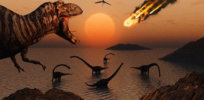
North Dakota fossil site may be ‘most sensational’ glimpse of final minutes of dinosaur reign
Sixty-six million years ago, an immense asteroid smacked into what is now the Yucatán Peninsula of Mexico, triggering global devastation ...

Hues of the past: How we determine the colors of prehistoric animals
[Paleontologist Maria McNamara] studies tissues from insects and vertebrates in order to envision what these critters looked like and how ...

‘Super smeller’ woman boosts effort to create early diagnosis tool for Parkinson’s disease
Long before Les Milne began exhibiting the telltale signs of Parkinson’s disease, his wife Joy—a so-called “super smeller” capable of detecting ...
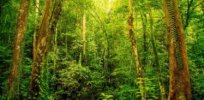
Making the case for early human migration into rain forests
In the past, researchers believed humans were almost exclusively adapted to savanna environments. Previous hypotheses suggested Homo sapiens ... spread ...

DNA as a crime fighting tool: Why we may be in danger of putting too much faith in it
What happens to a society when there’s suddenly a new way to identify people—to track them as they move around ...
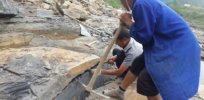
Dozens of new species found in Chinese fossil site provide window into ancient life
Fossil-packed sites like the Burgess Shale in Canada have revealed the unique nature of early animals around 508 million years ...

